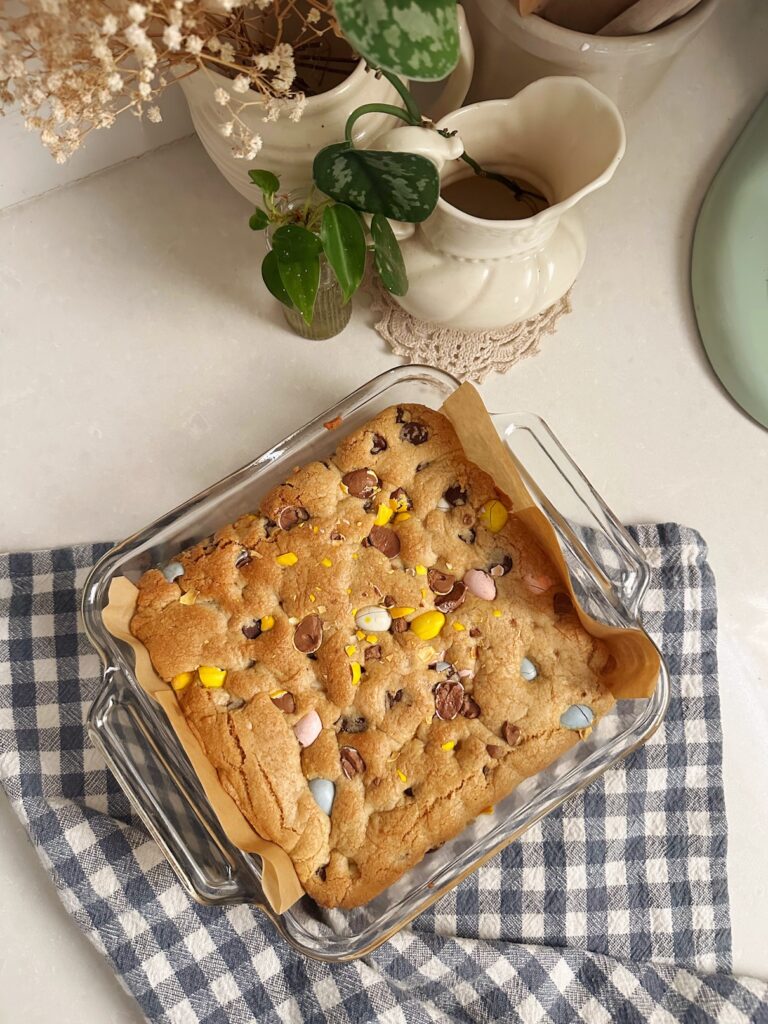Confession: I’ve always been one of those psychology nerds. I even seriously considered going to school to become an art therapist, to combine my two biggest interests. Instead I typically just feed my interest by devouring a few dozen psychology books a year. But the last few years I’ve thought more and more about how important understanding ourselves can be to making the right home design choices.
I’m going to start off by saying, this is obviously a very low stakes situation. You pick the wrong color for a room, no big deal, you can paint over it. Also obviously, I am not a psychology professional by any stretch of the imagination. A college minor and reading a few books a year means pretty much nothing. But for a long time now I’ve been really fascinated with how different personalities interact with their spaces.
I think most of us have experience walking into an extreme space and feeling a slight mood shift. Whether that’s the feeling of awe at seeing an extravagant cathedral, or the drain you feel in an office building with no windows and terrible overhead lighting. Those are extreme examples, but I think there’s much smaller reactions we have subconsciously within our own spaces we should consider as we create our own homes.
Psychology of Interior Design
When we were renovating our master bedroom Frank removed the wallpaper in our room. We were expecting to find just the bare plaster walls like we had in other parts of our house. Instead we found bright orange walls. The room needed extensive plaster repair, so it took a few months before we could finally paint. I distinctly remember every morning waking up feeling a sense of panic looking at those orange walls. It affected my days, and it always felt really hard to pull myself out of those feelings at the time.
Beyond just being an introvert, my mind races – all the time. I’m easily over stimulated, especially by color. I used to beat myself up and think that all of my neutral color paint choices were me being a “boring person” but the truth is that I need space for my mind to rest. Saturated colors evoke a lot of emotion in me that is too overwhelming to come home to after a long day.
On the flip side, a lot of extroverts crave stimulation, especially in their homes. Mental stimulation can also be helpful for most children while their brains are still developing. Rich colors, patterns, and texture, are can be incredibly beneficial for a lot of people. It’s not all as simple as introvert vs extrovert, but it can sometimes be a helpful jumping off point.
Get to Know Yourself
With the trends constantly changing it can be hard to hone your personal style. One minute minimalism and neutrals are all the rage, and the next, colors and patterns are king. It can be hard to block out the external input. It can be helpful to start by understanding your own needs, and putting those above any trends or fads out there. I always believe that understanding yourself is the best way to improve your own life, and that even holds true for home design!
If you live in a home with multiple people with drastically different personality types it can also be helpful to understand and accept that everyone has different and separate needs. Dedicating different spaces to those needs can be a win for everyone. You may want your house to be cohesive, but it could be hugely helpful to your child or spouse to have specially designed spaces. Creating a retreat to that fuel their specific needs, or to incorporate a little bit of both to balance out your home for everyone can be a win for everyone.
Please note, I am not a psychology professional in any way. These are just my own opinions and life experiences I share in hopes they are helpful to other people, and should not be taken as recommendations to anyone specifically.
Learn more : My Favorite Resources
Want to dive in on Psychology of Interior Design? Here are some of my favorite resources!
House Thinking by Winnifred Gallagher
Let’s get social.
More on the blog
- Spring Tabletop Wishlist

- Chocolate Easter Egg Cookie Bars

- Cottagecore Decor 101: Affordable ways to get the look

COMMENTS